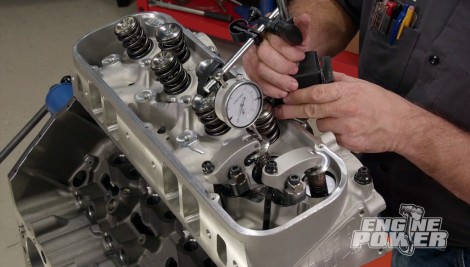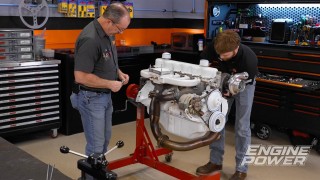
1000 Horsepower Chevy Big Block Build for the Willys Wagon
A high-compression 632 ci Big Block Chevy provides massive power for XOR’s Willys Wagon.
Season 6
Episode 1
Hosts: Mike Galley, Pat Topolinski
First Air Date: January 13, 2019
Duration: 20 minutes 23 seconds










































